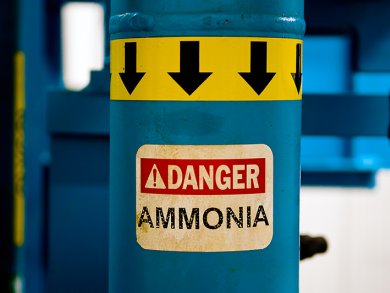The Haber–Bosch process has underpinned ammonia production since around 1913. However, despite its chemical efficiency it requires high temperatures and pressures and globally uses more than 1 % of energy production.
A team at Tokyo Institute of Technology, Japan, has loaded a calcium aluminate electride material with ruthenium to act as a catalyst for the formation of ammonia. The material has strong electron-donating capacity and is chemically stable. They used infrared spectroscopy to show how the activated surface of the ruthenium in this material can enhance dinitrogen dissociation. The nitrogen thus freed can then combine with hydrogen. The team points out that the hydrogen-storage capacity of the electride also precludes poisoning of the catalyst by the hydrogen atoms themselves.
It was demonstrated that the system is an order of magnitude more effective than previous attempts to load putative catalysts with ruthenium.
- Ammonia synthesis using a stable electride as an electron donor and reversible hydrogen store,
Masaaki Kitano, Yasunori Inoue, Youhei Yamazaki, Fumitaka Hayashi, Shinji Kanbara, Satoru Matsuishi, Toshiharu Yokoyama, Sung-Wng Kim, Michikazu Hara, Hideo Hosono,
Nature Chem. 2012.
DOI: 10.1038/nchem.1476




